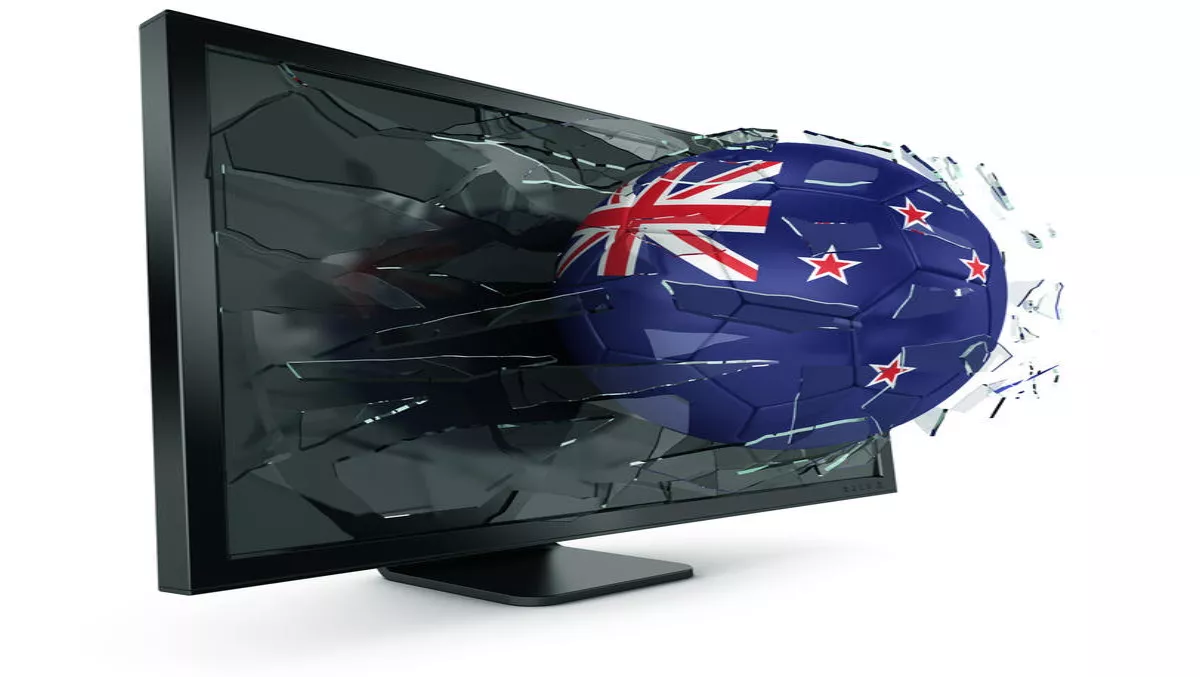
Kiwis love the internet but there's work to be done on our digital divide, says InternetNZ
AUT University has released a new report detailing eight years' worth of internet trends in New Zealand, and InternetNZ says that while internet usage is growing, there is still a digital divide.
The report details trends from biennial NZ World Internet Project reports from 2007-2015. It found that the percentage of internet users has risen from 82% in 2007 to just over 90% in 2013 and 2015. Mobile internet usage has skyrocketed: from 2007's 8% to 87% in 2015.
In 2007, only 21% of over-65s believed the internet was important for information, while 2015 numbers came in at 60%.
The internet's relationship with education is also positive, with over-65s now being more confident. In 2007 only 25% rated their skills as 'good'. That number jumped to 60% in 2015.
The internet now dwarfs all traditional forms of entertainment media, accounting for 68% in 2015, the trends found.
The internet has also facilitated steady increase of online transactions such as paying for fines, taxes or licenses. InternetNZ believes this may be reaching saturation point.
While many of the digital divides have shrunk, there has become a slight difference between how people use the internet. According to the report, men watch more videos online and more women play games online daily.
InternetNZ chief Jordan carter says the report shows that the internet is now part of today's society, but there's still work to be done to get people online.
"We are still concerned about the digital divides relating to household income, location and ethnicity groups," says Carter.
The report found that there are still existing divides based on household income, area and ethnicity - particularly those of Pasifika ethnicity and those in rural areas. This results in people missing out on access and opportunities such as banking, information access or communication.
Those who mostly use the internet are younger, more urban, have a higher household income and are NZ European or Asian, the report says.
"Understanding the digital divide in New Zealand is an important piece of work for InternetNZ. We are working on a project that maps the divides over the country and will allow us to draw related statistics on how the digital divide is affecting areas such as economic well-being and education," Carter says.
Other findings indicated that social networking sites may have influenced the jump from 28% to 53% of users who considered them important in their daily life. Meanwhile, instant messaging may now be taking over from texting as the popular communication tool, accounting for 75% of all communication in 2015.
"Although rules on young people's Internet use such as having a website filter have diminished, restrictions on the amount of time that under-18s spend online and advice about not giving out personal information persist," InternetNZ says.
"We hope this new information will be useful for the technology sector and the Government in trying to close the gap, says Carter."
The World Internet Project is a collaborative project that aims to find out how the internet affects people's lives. Conducted in up to 40 countries, the New Zealand statistics demonstrate a comparative approach to show how the country fits into the global arena.


